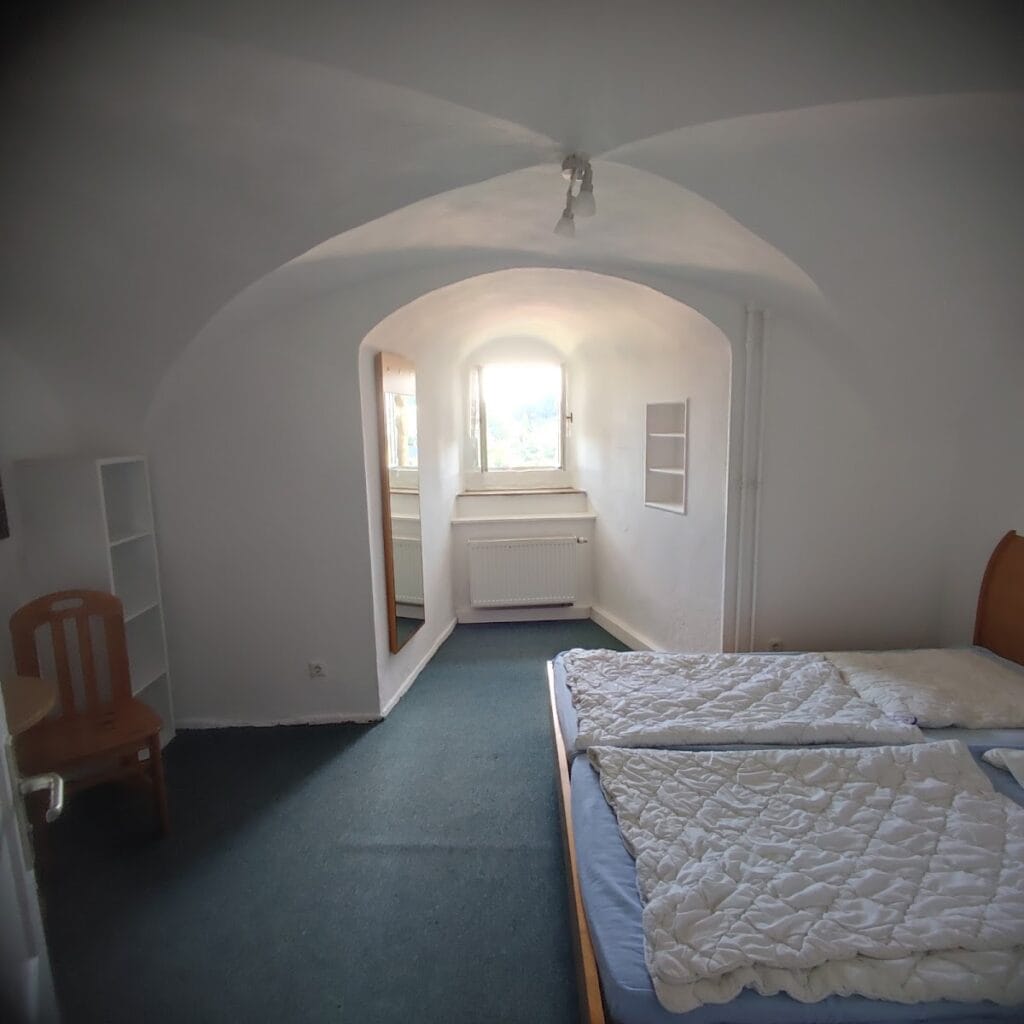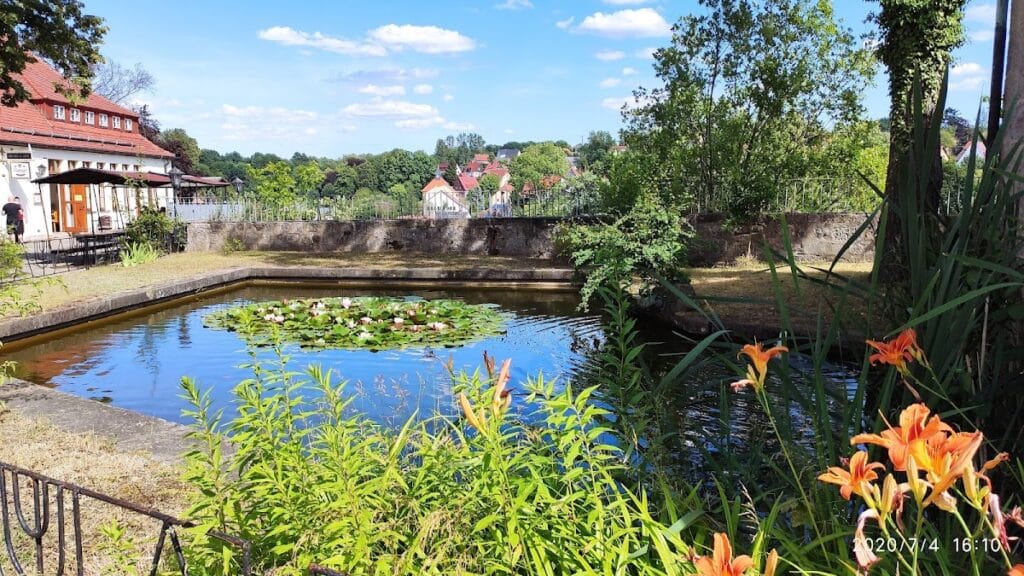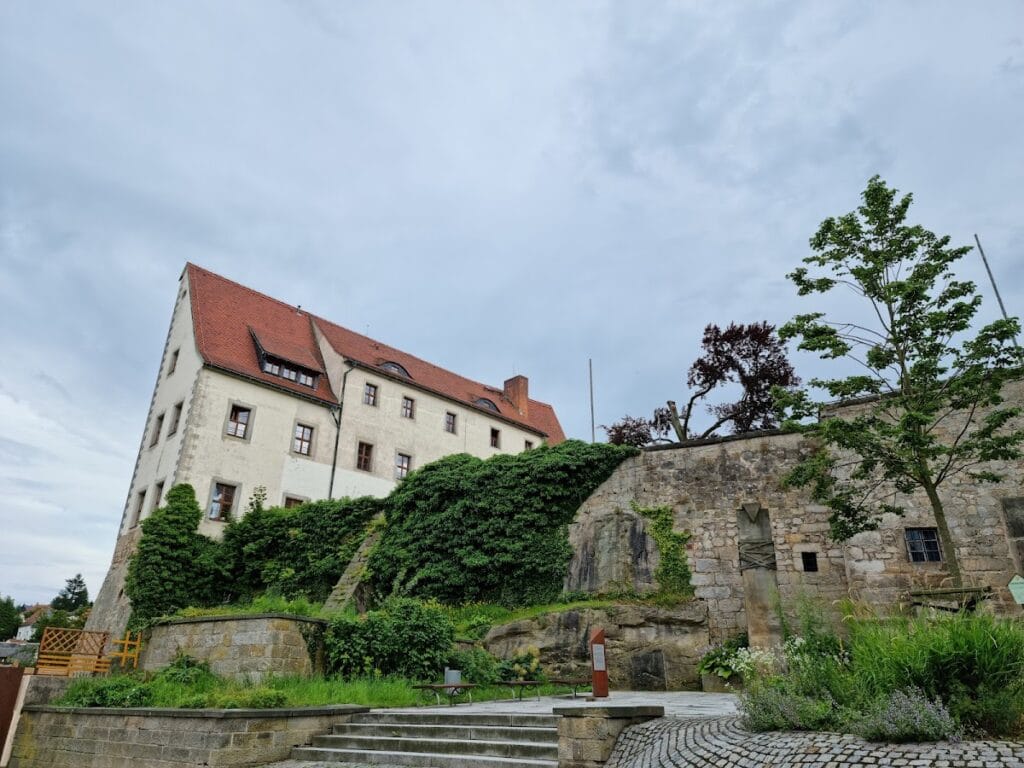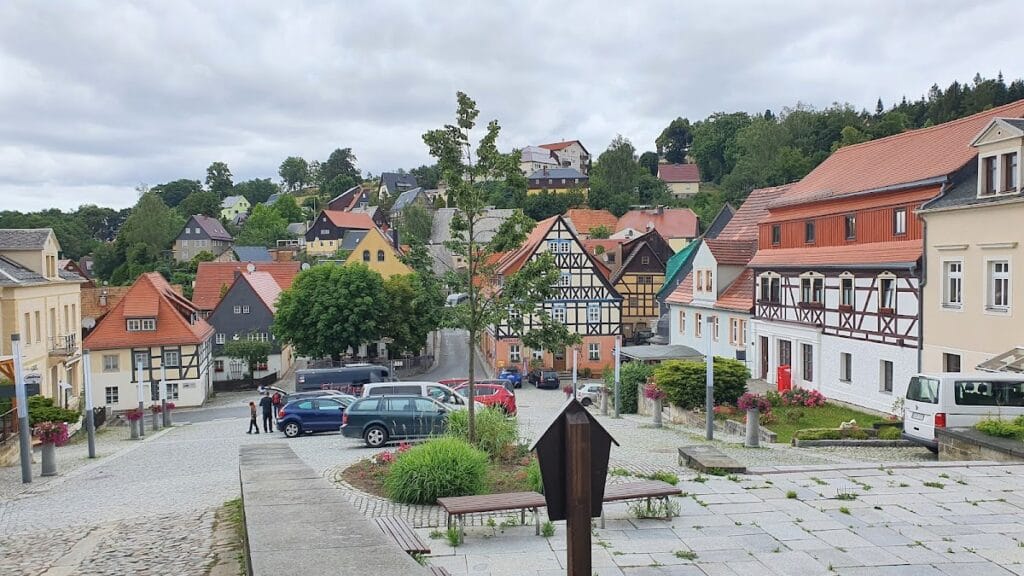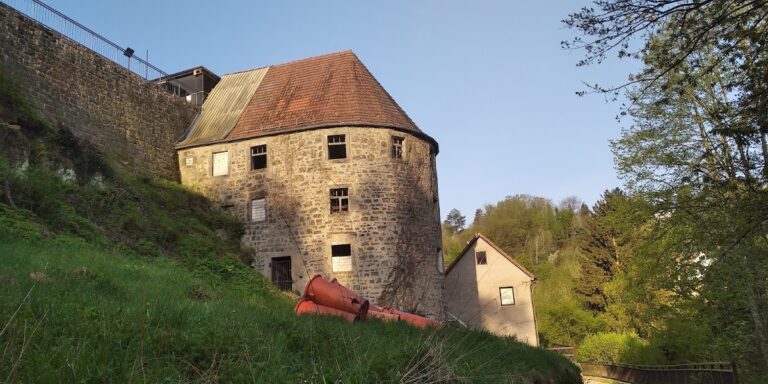Hohnstein Castle: A Historic Fortress and Cultural Site in Germany
Visitor Information
Google Rating: 4.4
Popularity: Medium
Google Maps: View on Google Maps
Official Website: www.burg-hohnstein.de
Country: Germany
Civilization: Medieval European
Remains: Military
History
Hohnstein Castle is located in the municipality of Hohnstein, Germany. It was constructed around the year 1200 or possibly earlier by German settlers during a period of eastward colonization, serving as a border fortress for the Margravate of Meissen in the region adjoining Slavic lands. From its early days, the castle fulfilled both defensive and administrative roles, protecting and managing the frontier area between Bohemian and German territories.
The castle initially belonged to the noble von Schönburg family, as documented in the early 14th century, before transferring in 1353 to the Bohemian noble house of Berka von der Duba. This family held the castle as a fief under King Charles IV of Bohemia. In the mid-15th century, the Electorate of Saxony acquired Hohnstein Castle under Frederick the Humble, although it continued as a Bohemian fief until the early 19th century. During Wettin rule, the fortress was frequently used as a hunting lodge and became noted for salmon fishing activities.
Over the centuries, Hohnstein Castle became a varied center of governance, serving alternately as an administrative seat known as an Amt, a judicial court, and a prison. Following 1861, it was converted into a correctional institution for men and later adapted in 1919 into a juvenile detention center. Reflecting changing social priorities, the castle was transformed in 1926 into a youth hostel capable of accommodating roughly 1,000 guests, making it the largest facility of its kind in Germany at that time. The renowned Hohnsteiner Kasper puppet theatre held its first performances there in 1928.
During the years 1933 and 1934, the castle was repurposed as a Nazi concentration camp, imprisoning around 5,600 political prisoners. Subsequently, throughout the Second World War, it operated as a prisoner-of-war camp for both officers (Oflag IV-A) and enlisted men (Stalag IV-A), detaining soldiers from multiple nations until its liberation in 1945. In the postwar period, it provided shelter for displaced persons before gaining status in 1949 as East Germany’s largest youth hostel. Two years later, it was officially named in honor of Communist leader Ernst Thälmann.
By 1953, Hohnstein Castle housed a National Science Museum dedicated to the natural sciences of the surrounding region, featuring exhibitions related to geology, botany, zoology, and ecology. Plans prepared in 1987 by East German state security aimed to transform the castle into an internment center for political detainees, though this conversion did not come to fruition. Following German reunification, ownership passed to local authorities, who leased the property from 1996 to the Deutsche Naturfreunde association until it filed for insolvency in 2007. The town of Hohnstein resumed management of the facility in 2018. Since then, a comprehensive restoration project has been underway, with initial phases focusing on the castle gardens beginning in 2024 and anticipated completion stretching beyond 2030.
Remains
Hohnstein Castle is classified as a rock castle, perched atop a sturdy sandstone outcrop about 140 meters above the Polenz valley, commanding a dominant view over the town below. Its elevated position created a strong defensive advantage, with access exclusively from the town’s market square. Originally, much of the castle’s structure was made of wood, but during the 17th and 18th centuries these were replaced by stone constructions. The resilience of the stone buildings was demonstrated in 1639 when the castle withstood a Swedish siege.
The architectural layout includes a secondary courtyard, whose entrance features the coat of arms of the Berka von der Duba family. This heraldic symbol is distinguished by crossed oak branches, signifying the castle’s long association with this Bohemian noble lineage. Adjacent to the medieval fortress lies a Renaissance palace dating from around 1550, representing a significant expansion and stylistic addition to the castle grounds.
At its height functioning as a youth hostel, the castle offered accommodation for about 1,000 guests, a scale that reflects the substantial size of the complex. Since the insolvency of the managing association in 2007, the preservation of the castle has declined, leading to restrictions on use in some sections by 2017. Restoration has been necessary to maintain the integrity of the site.
Within the castle, museum galleries established in 1953 continue to display natural science exhibits related to the local environment, covering geology, botany, zoology, and ecology. These displays integrate the region’s natural history with the castle’s cultural heritage. Current conservation efforts aim to stabilize and restore the complex, ensuring the survival of this historically rich site for the future.

